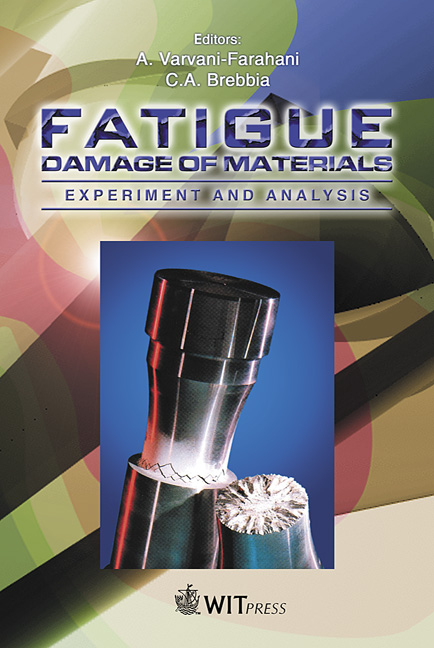Empirical Relationship Between Pulsating And Filly Reversed Fatigue Strength Amplitudes
Price
Free (open access)
Transaction
Volume
40
Pages
12
Published
2003
Size
470.67 kb
Paper DOI
10.2495/FDM030331
Copyright
WIT Press
Author(s)
F. Klubberg, H. J Schaefer, M. Hempen & P. Beiss
Abstract
Empirical relationship between pulsating and fully reversed fatigue strength amplitudes F. Klubberg, H. J. Schaefer, M. Hempen & P. Beiss Institute for Materials Science (IWK), R WTH Aachen University, Aachen, Germany Abstract The fatigue behavior of metallic materials is significantly influenced by superimposed static mean stresses, which must be taken into account in service life calculations or in structure design. This requires a suitable engineering rule to estimate the allowable stress amplitude for any non-zero mean stress. Traditionally, the drop of endurable amplitude with increasing mean stress is approximately calculated from the so-called mean stress sensitivity, which is believed to be a linear function of the tensile strength. In this paper it is shown that a power law between fully reversed and pulsating stress amplitudes is much better suited to predict unknown pulsating tension or bending and torsion amplitudes in the high cycle fatigue range, including endurance limits, from e
Keywords




